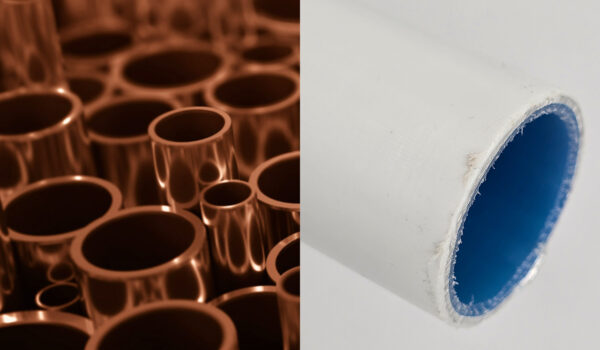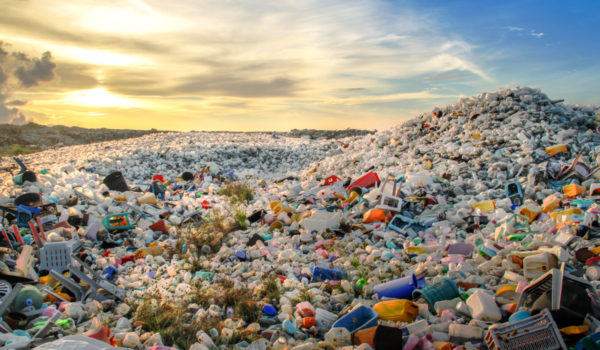Guest contribution from CuSP member, Water Kinetics
The plumbing industry wouldn’t be what it is today without the inventions and technology before us. Copper plays a big role in this, and Water Kinetics is a company which takes great pride in its usage of copper. It’s important that copper is highlighted for its value within the building, construction, and plumbing industries – but how much do we know about the history of the material and how it came to be the ‘gold standard’?
The importance of sanitation was discovered long before the advancements made in the modern era. Whilst the development of plumbing may exceed current documentation, the first evidence of plumbing comes from around 4,000 – 2,000 BCE Mesopotamia. This is regarded as one of the first ancient civilisations to use clay pipes to form complex drainage systems and sloped roofs to help with water drainage.
Around the same time, the application of a full modern water and sanitary system were used by the Indus Valley Civilisation, which used the likes of an advanced flushing system to divert wastewater and unwanted materials away through underground pipes, even having separate channels to allow clean water to flow through their settlements. Another crowning achievement of the Indus Valley Civilisation was large bathhouses, such as the ‘Great Bath’ at Mohenjo-Daro in Pakistan, meaning that sanitation was just as important then as it is in the modern era. Over the centuries, sanitation has become a key discovery in preventing diseases and illness, and copper plays a huge part in this due to its anti-bacterial and anti-microbial properties.
Longevity is another key advantage that copper pipes can provide to buildings. The Ancient Egyptians were the first documented civilisation to make widespread use of copper piping within the Pyramids – albeit a very crude implementation – believing that the dead were meant to have the same luxury as those of the living. The Egyptians also demonstrated similar methods to the Indus Valley Civilisation, in removing wastewater and bringing clean water in, as cities became highly centralised and urbanised. The Pyramids are an impressive example of copper’s longevity – so much so that a 4,500-year-old tomb of King Sahure gave clear evidence of an elaborate copper pipe system installed within it, used as a drainage system. It is this longevity from such a natural material which prompted Water Kinetics to utilise copper as its main material of choice.
In the UK, copper was first used as an alternative to lead systems, although it gained popularity in the 1960s as the demand to replace lead piping and ageing systems increased. Lead pipes were phased out and made illegal due to increasing concerns over lead poisoning, as the longer water is in contact with lead, the greater the risk of acquiring it. Today, properties built after 1970 no longer use lead systems, and it is advised that if there is a system that is still operating, it should be replaced immediately.
It was during World War Two that plastic piping became more commonly used and the application of copper declined due to its importance in the war effort. At this time, plastic pipes were generally used for protection of cables for radar systems, but slowly became prevalent as a potable water pipe system material during the 1970s.
Plastic pipe systems are dangerous to the environment as they cannot be easily recycled, and the push back against plastics is gaining traction as governments and corporations look to distance themselves from unnecessary plastic usage within their products. In the water sector, organisations and public buildings are shifting to using copper due to its natural protection against chemicals in the water supply, meaning copper pipes don’t need the same treatments that plastic pipes need.
At Water Kinetics, we aim to create products which combat damage to our environment and rising energy prices, as well as promote sustainability within the plumbing sector. We utilise modern inventions, combined with past developments and reliable materials, to create products which reduce emissions and energy demand. By using copper, we ensure that future pipe systems have the ability to be infinitely recycled, thanks to copper’s chemical composition which does not break down during the recycling process.
Together, we can champion the use of copper and move closer to a more sustainable society. Learn more about the benefits of picking copper pipes over plastic pipes below.

